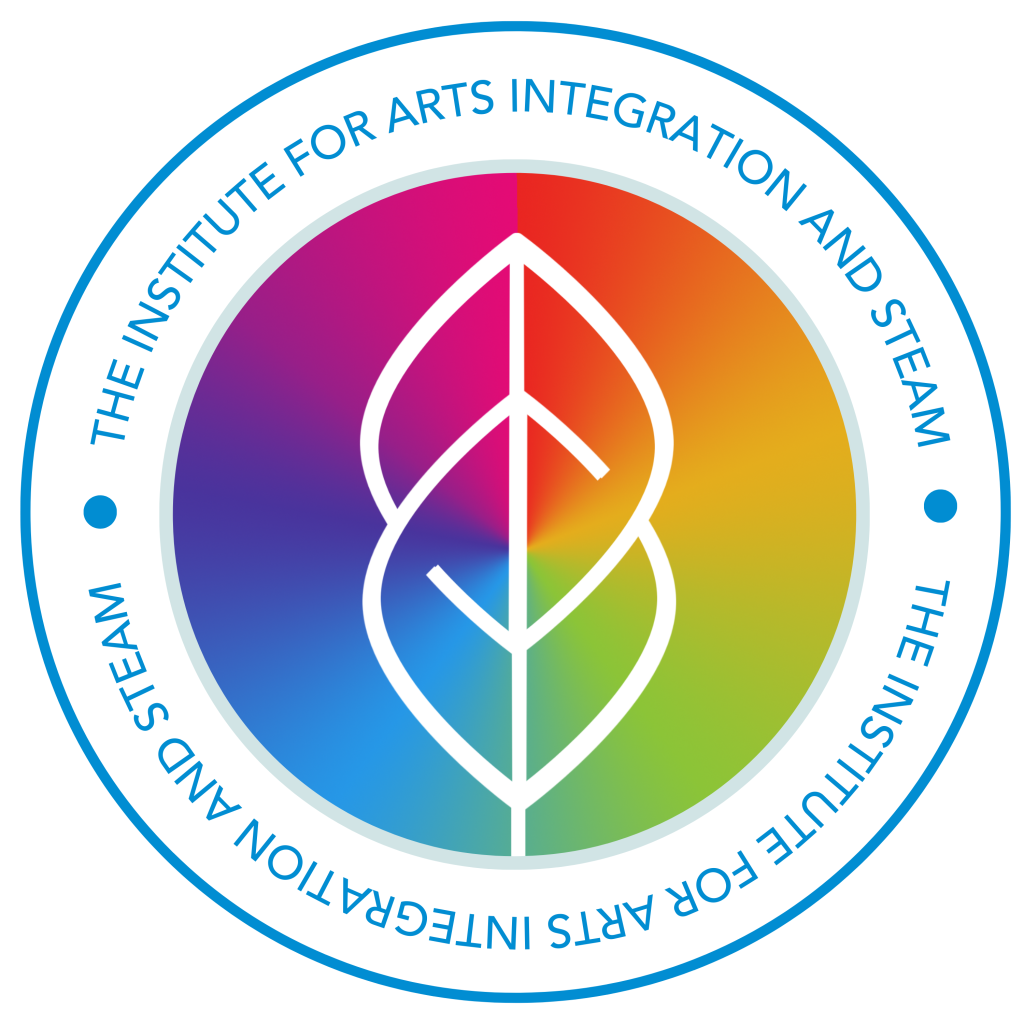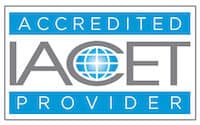Susan Riley | August 2013
The Master Class Approach
Talk to any trained artist and they'll say some of the most beneficial moments in their studies stems from Master Classes in their discipline. A Master Class is when a small, intimate group of students meet with a master in their field and they have the opportunity to personally learn from this expert. What's even more powerful is that typically, students are able to bring a sample of their own work with them and the master teacher works with them one-on-one while the rest of the class takes notes and learns from the interaction between their peer and the teacher. Just think about how much meaning we could provide for students by extending the Masters Class approach in our classrooms!
A Master Class approach is extremely valuable to students because a.) it's rare and b.) it's personal. When engaging as a participant in the Masters Class, you have the opportunity to ask an expert from the field anything that you desire to help make your own practice better. And while you are making your own connections within the work, you're also able to extend your learning while watching your peers' interaction with the master teacher. So the experience is both an exercise in independent thinking and cross-collaboration. Plus, the master teacher is able to share their knowledge while simultaneously troubleshooting and exploring new options with each student.
The Classroom Extension
There are a variety of ways you can bring the Master Class approach to your own classroom. The first is in setting up your learning culture to reflect the practices of a master class. As the facilitator of learning in your classroom, allow time for students to explore a concept on their own. Then, provide them with some options for ways to demonstrate their learning. Then, ask each student to present their findings via the path they chose. In addition, engage them in a dialogue about their learning and the process they went through for their presentation. This gives students a couple of things: choice in their learning, the opportunity to present their knowledge in a way that is comfortable to them, and the ability to listen to and from others.
Second, you may consider asking students to each become a "master" of a certain area of their choice. Then, they can facilitate discussions and activities for other students. This takes a bit longer. It is much more of a middle school/high school extension, but the wait is worth it. Students take the responsibility seriously and often develop learning activities that are highly engaging for everyone, teacher included. Plus, this becomes an answer to the "why do I have to learn this stuff?" questions that naturally arise from middle and high schoolers. If they are leading the discussion, then it matters to them.
Artist-In-Residence
Another way to approach the Master Class is by actually bringing in an expert or artisan as an artist-in-residence. As students are involved with the artistic experiences that the expert is providing, they are receiving that rare moment of being able to learn from someone that is directly in the field and can guide them with alternate perspectives than from the schoolhouse alone.
As you continue to reflect and consider new ways that you can facilitate a culture of learning within your classroom, try using this approach as part of your toolbox for student growth. Their choices and their own reflections may surprise you!



